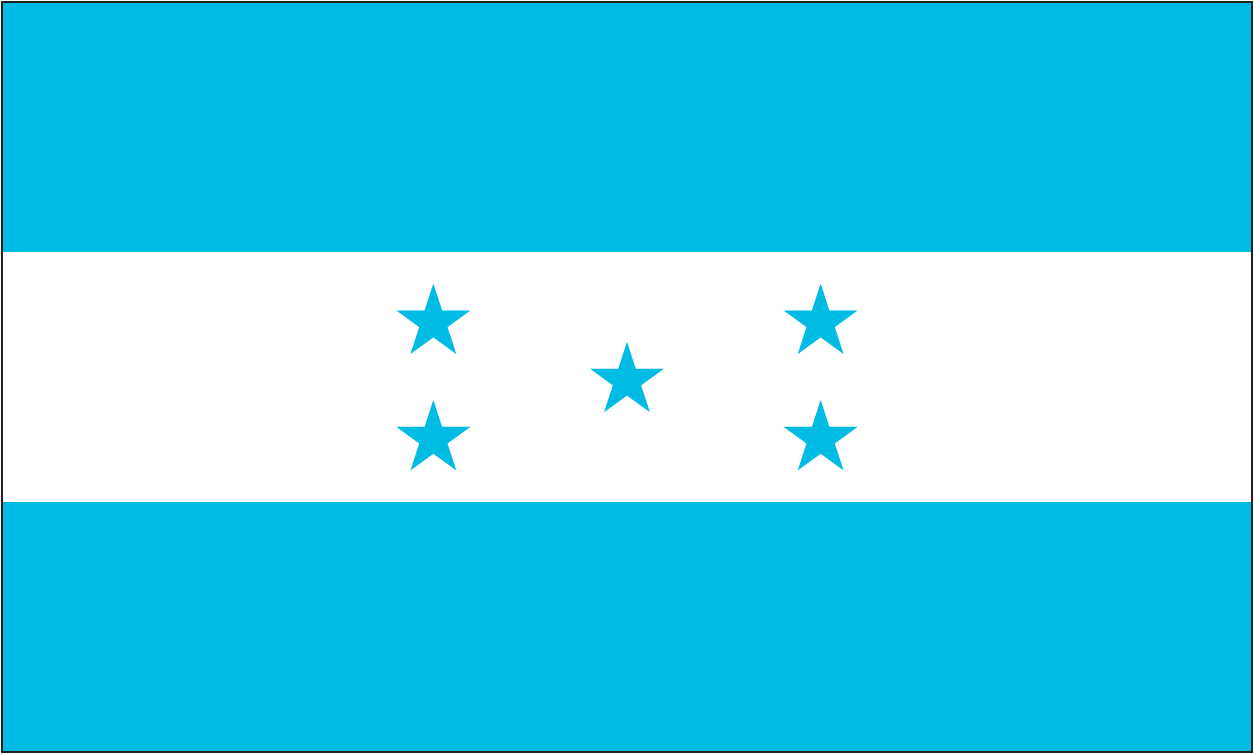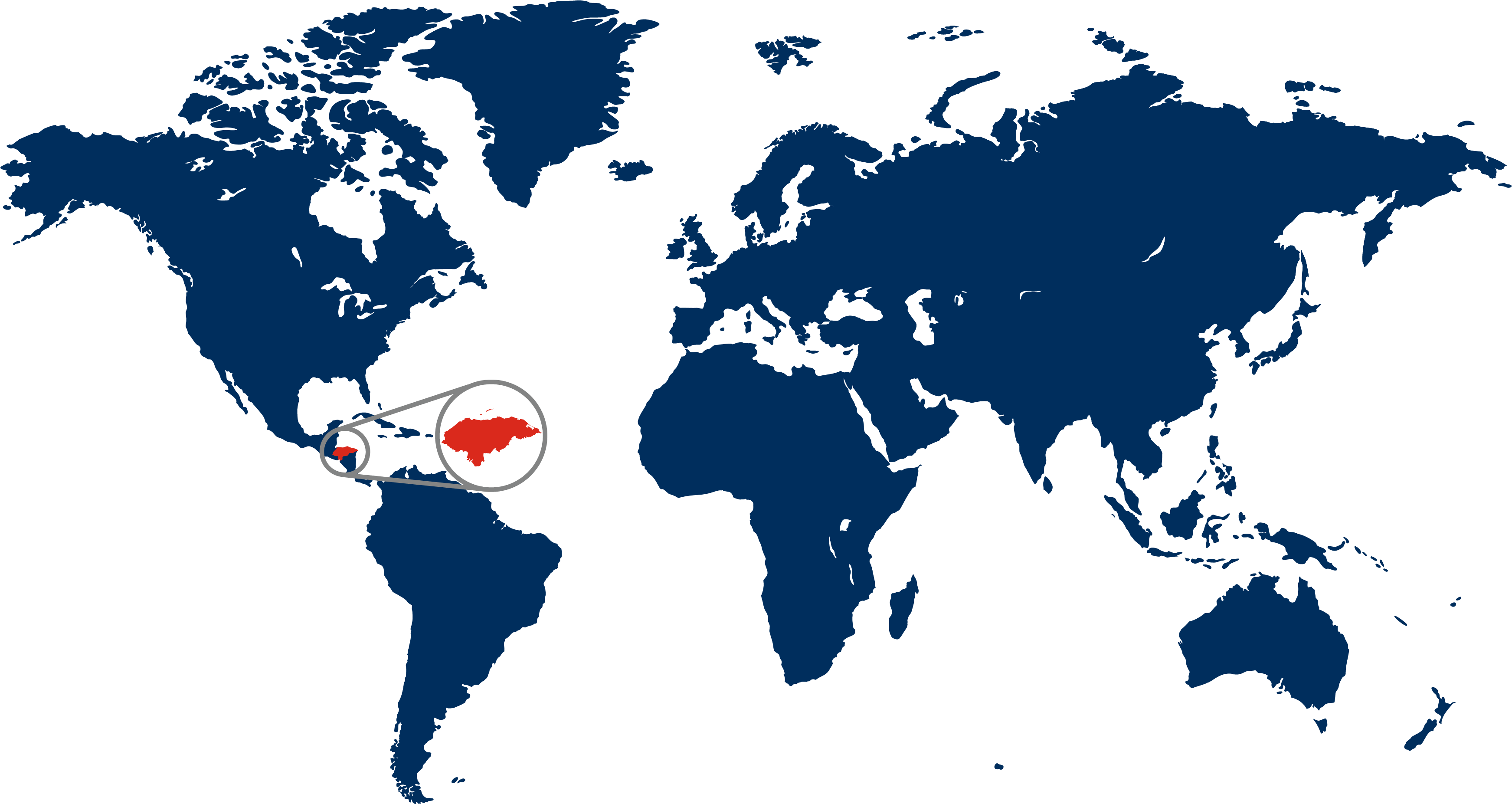Honduras Travelogue
Articles
Travelogues
View more from News & Articles or Primerus Weekly

By Tom Kirvan
Honduras, located in Central America, is home to approximately 9.6 million people. The population is a diverse mix of ethnic groups, with the majority being Mestizo (of mixed European and Indigenous descent), followed by Indigenous peoples, Afro-Hondurans, and small communities of European and Asian descent. Spanish is the official language, and the country's culture is a vibrant blend of Indigenous, Spanish, African, and Caribbean influences.
Honduras covers an area roughly the size of Pennsylvania and boasts varied landscapes that include mountainous interiors, lush rainforests, fertile plains, and picturesque coastlines. The country is bordered by Guatemala, El Salvador, and Nicaragua, and has coastlines along the Caribbean Sea to the north and the Pacific Ocean to the south. Honduras’ geography is also marked by the presence of the Mesoamerican Barrier Reef, the second-largest coral reef system in the world, which lies off the northern coast.
Honduras has a historical portrait that dates back to ancient times when it was part of the Mayan civilization. Remnants of this era can be seen in the impressive archaeological sites scattered across the country. Spanish explorers arrived in the 16th century, and Honduras became part of the Spanish Empire until it gained its independence in 1821. The post-independence period was marked by political instability and economic challenges, but the country has made significant strides in recent decades towards development and modernization.
Honduras has a mixed economy with a combination of agriculture, manufacturing, and services sectors. The country is one of the world’s leading producers of coffee, bananas, and palm oil, which are major export commodities. The textile industry also plays a significant role, with many factories producing garments for international markets. Tourism is an emerging sector, driven by the country's natural beauty and cultural heritage.
Tegucigalpa, often referred to as "Tegus," is the capital and the most populous city of Honduras with 1.3 million people. Located in the southern central part of the country, it sits in a valley surrounded by mountains. Tegucigalpa is the political and administrative heart of Honduras and serves as a cultural and economic hub. The city offers a mix of colonial architecture, modern buildings, and vibrant markets, reflecting its interesting history and dynamic present.
Top 5 Must-See Tourist Destinations


Capital: Tegucigalpa
Population: 9.6 million
Language: Spanish
Highest mountain: Celaque, 9,416 feet
Economic engines: Agricultural products and textiles
Primerus Member:
Ulloa & Asociados, a business and litigation firm with offices in Tegucigalpa and San Pedro Sula.